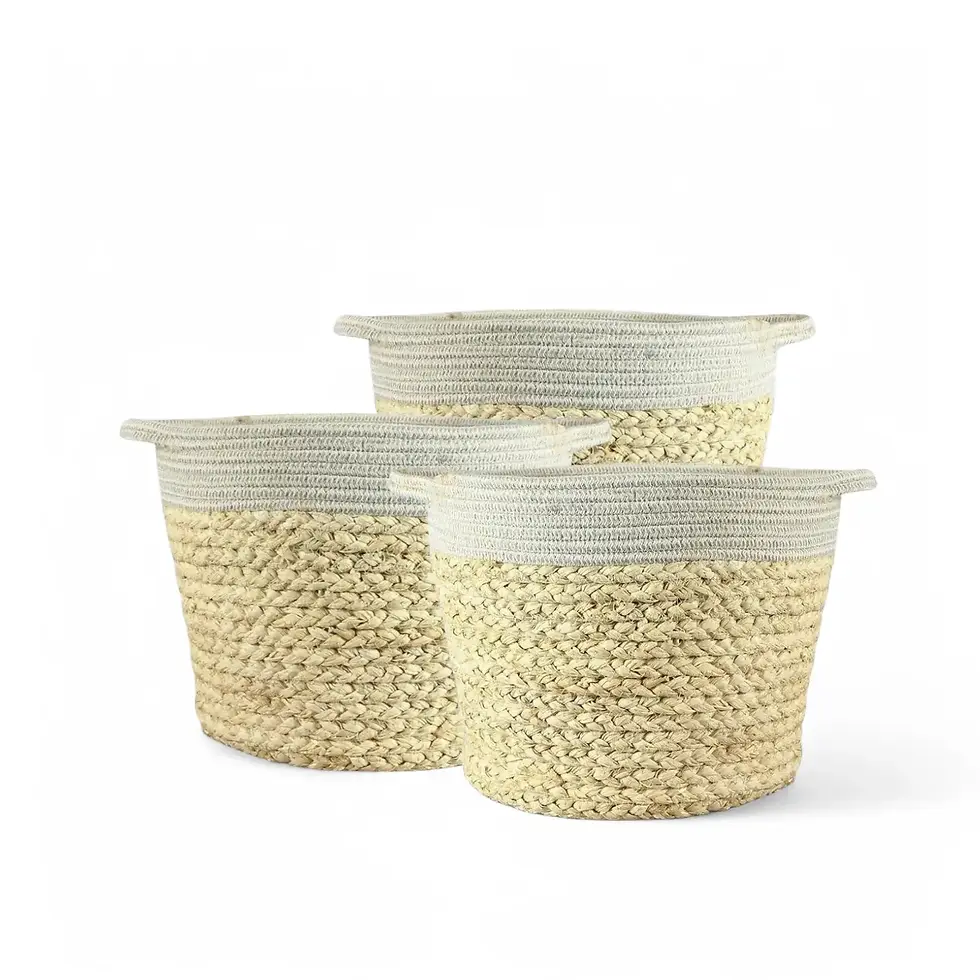Philodendron radiatum - Care Instructions and Essential Facts
Introduction
Philodendron radiatum Schott enchants with its sculptural beauty and intricate foliage, making it a botanical treasure for indoor plant enthusiasts. This captivating aroid features deeply lobed, glossy leaves that mirror tropical palm fronds. Its triangular-ovate blades range from dark green to slightly paler undersides, with a semi-glossy texture that enhances its natural elegance.
Key Characteristics and Unique Features of Philodendron radiatum
- Foliage: Deeply pinnated, glossy, triangular-ovate leaves measuring up to 101 cm long and 90 cm wide.
- Growth Form: Epiphytic or hemiepiphytic with thick, climbing stems that can also creep when grown terrestrially.
- Stem Details: Stems range from 3-8 cm in diameter with visible leaf scars and occasional reddish highlights.
- Root System: Develops robust roots with swollen nodes and branching tips for enhanced climbing ability.
- Flowering: Produces erect inflorescences with creamy white spadices and green spathes under optimal conditions, though flowering indoors is rare.
Philodendron radiatum at a Glance
- Natural Habitat: Native to tropical regions from Mexico to northern Colombia, thriving in humid, low-altitude environments (up to 300 m).
- Indoor Size: Typically reaches heights of 1.5-2 m indoors, with a spread of up to 1.2 m.
- Growth Habit: Climbing or upright growth, ideal for vertical displays.
- Growth Rate: Moderate growth, developing noticeable new foliage every few months with proper care.
- Toxicity: Contains calcium oxalate crystals, toxic to pets and humans if ingested.
Practical Care Guide for Philodendron radiatum
→ Light
- Prefers bright, indirect light but tolerates moderate light levels.
- Avoid direct sunlight to prevent leaf burn.
→ Watering
- Water when the top 3-5 cm of soil feels dry.
- Ensure well-draining soil to prevent root rot.
→ Humidity
- Thrives in high humidity (above 60%).
- Grouping plants or using a humidifier can enhance growth.
→ Temperature
- Optimal range is 18-27°C.
- Avoid exposure to cold drafts or temperatures below 15°C.
→ Soil
- Use a loose, well-aerated mix with organic material.
- Aroid or houseplant-specific mixes work best.
→ Repotting and Pot Choice
- Repot every 1-2 years or when roots become pot-bound.
- Choose a pot with drainage holes.
- Opt for a slightly larger pot to allow room for growth.
→ Fertilizing
- Feed monthly with a balanced liquid fertilizer.
- Avoid over-fertilizing, as this can damage roots.
→ Propagation
- Easily propagated via stem cuttings.
- Place cuttings in water or directly in soil to root.
→ Semi- and Hydroponics
- Performs well in semi-hydroponic setups using LECA.
- Also adaptable to full hydroponics with nutrient solutions.
→ Pruning
- Remove dead or damaged leaves regularly.
- Prune to maintain shape and encourage bushier growth.
→ Support
- Use a moss pole or trellis to mimic its natural climbing habit.
- Encourages larger, healthier leaves.
Common Challenges with Philodendron radiatum and Practical Solutions
→ Pests
- Spider Mites: Treat with neem oil or insecticidal soap. Increase humidity to deter them.
- Mealybugs: Wipe leaves with soapy water or use insecticidal sprays.
- Fungus Gnats: Allow soil surface to dry out and use sticky traps if needed.
- Thrips: Inspect regularly and treat infestations with insecticidal sprays.
→ Leaf Discoloration
- Yellowing Leaves: Usually due to overwatering or lack of nutrients.
- Browning Tips: Caused by low humidity or salt buildup in soil. Flush soil occasionally.
- Drooping Leaves: Indicates underwatering, inconsistent care, or insufficient light.
- Fungal Issues: Ensure adequate air circulation and avoid overhead watering.
- Leggy Growth: Caused by insufficient light—relocate to a brighter area.
Additional Considerations for Philodendron radiatum
Understanding its natural habitat—where it clings to rainforest trees and thrives in high humidity with diffused light—can help you replicate these conditions for optimal growth. Providing structural support, like a moss pole, enhances its climbing ability and showcases its magnificent foliage. The plant’s natural resilience makes it an excellent choice for indoor gardeners seeking a tropical aesthetic.
Etymology
The name Philodendron radiatum was described by Heinrich Wilhelm Schott in 1830. Derived from Greek:
- Philo (φίλο) - "loving"
- Dendron (δένδρον) - "tree"
Its species name, "radiatum," likely refers to its radial leaf arrangement and deeply lobed structure.
FAQs for Philodendron radiatum
→ Can Philodendron radiatum grow without a moss pole?
- Yes, but providing support encourages healthier growth and larger leaves.
→ How often should I water Philodendron radiatum ?
- Water every 7-10 days, adjusting based on humidity and soil dryness.
→ Is Philodendron radiatum beginner-friendly?
- Yes, with proper light, water, and humidity, it is relatively low-maintenance.
Order Your Philodendron radiatum Today!
Shop now and bring the elegance of this tropical beauty into your home!
Philodendron radiatum
Philodendron radiatum comes in following sizes:
S – ⌀ 9 cm pot,is approximately 20 cm tall

























































